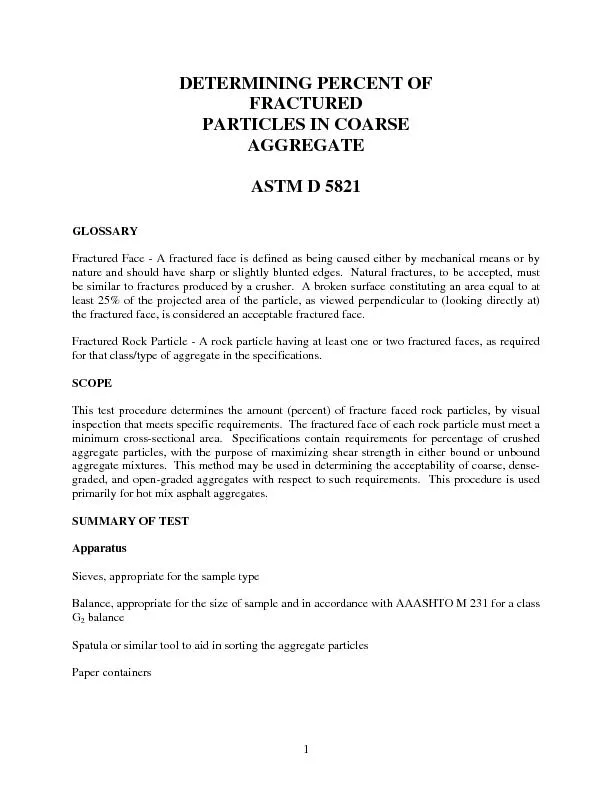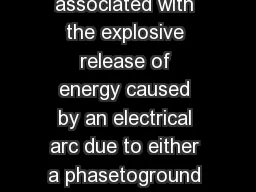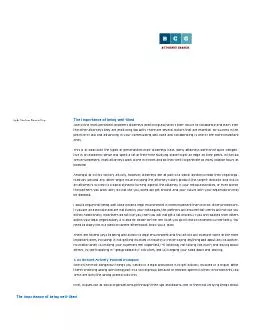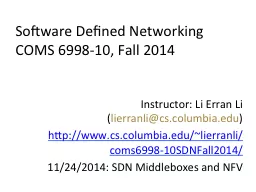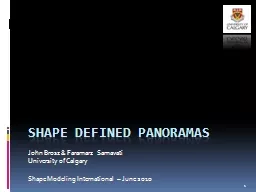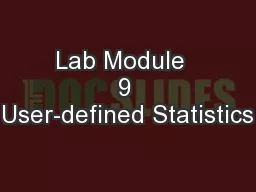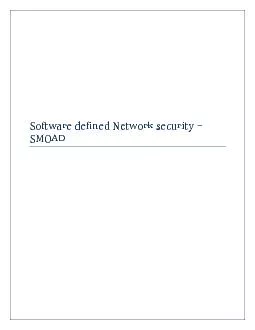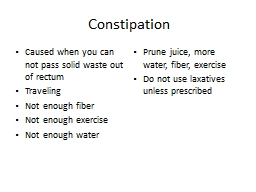PDF-Fractured Face - A fractured face is defined as being caused either by
Author : alida-meadow | Published Date : 2016-06-07
Sample Preparation Airdry the representative sample prior to the coarse gradation process so that there is a clean separation of the particles A total No 4 475
Presentation Embed Code
Download Presentation
Download Presentation The PPT/PDF document "Fractured Face - A fractured face is def..." is the property of its rightful owner. Permission is granted to download and print the materials on this website for personal, non-commercial use only, and to display it on your personal computer provided you do not modify the materials and that you retain all copyright notices contained in the materials. By downloading content from our website, you accept the terms of this agreement.
Fractured Face - A fractured face is defined as being caused either by: Transcript
Download Rules Of Document
"Fractured Face - A fractured face is defined as being caused either by"The content belongs to its owner. You may download and print it for personal use, without modification, and keep all copyright notices. By downloading, you agree to these terms.
Related Documents

